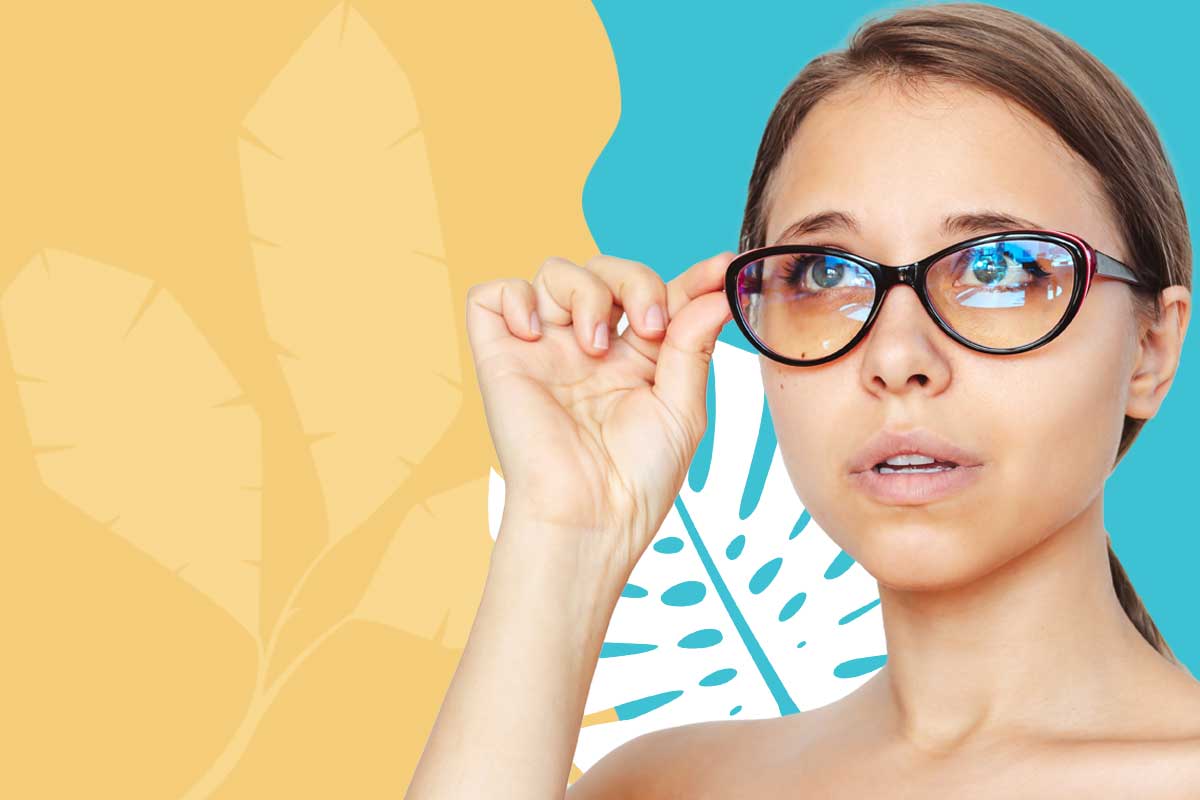Blue light filters: All you need to know
What is blue light?
Blue light generally is defined as visible light ranging from 380 to 500 nm. Blue light can be categorised into blue-violet light (roughly 380 to 450 nm) and blue-turquoise light (roughly 450 to 500 nm). Around one-third of all visible light is regarded as high-energy visible (HEV) or “blue” light. In this article, we discuss about blue light filters that are commonly found nowadays.

Blue light filters
Install a blue light filter to your digital device if you have to regularly text, browse the Internet and email using your device. This is because your device gives out blue light that strains your eyes and may cause other eye problems down the road.
A blue light filter helps to decrease the amount of blue light that your eyes would be exposed to without impacting the clarity of the screen display. Blue light filters can be used for smartphones, tablets, and computer screens. Some filters are made with thin tempered glass to shield your device from scratches.
Adjust the filter to various levels according to your viewing needs. You can even choose to maximize the filter (0-25) function when reading on the screen, making it easier for your eyes. When browsing the Internet or doing work on the screen, you may want to let in more blue light by adjusting the filter to 25-50. With such a level of blue light reduction, you can make your everyday activities more comfortable.
Also, blue-light blocking glasses have been purported to decrease the amount of blue light exposure from your screens. You do not need an eyeglass prescription to obtain these blue light glasses. However, if you have mild or severe myopia (nearsightedness) or hypermetropia (farsightedness), prescription computer glasses with blue light filters can enhance your vision.
Prescription computer glasses with single vision (one-power) lenses tailored to your computer viewing distance can offer a much wider vision range. That being said, this kind of eyewear is for seeing nearby objects and cannot be used when driving or seeing in the distance. Photochromic lenses also offer ultraviolet (UV) and blue light protection and immediately darken under the sun to reduce glare and increase comfort for your eyes.
At the end of the day, you should consult your eye care professional for more advice on how to use blue light filters to best shield your eyes from blue light.
References
All About Vision. 2022. How blue light is both bad for you AND good for you! (Huh?). [online] Available at: <https://www.allaboutvision.com/cvs/blue-light.htm> [Accessed 22 February 2022].
Tools Designed for Healthier Eyes
Explore our specifically designed products and services backed by eye health professionals to help keep your children safe online and their eyes healthy.

